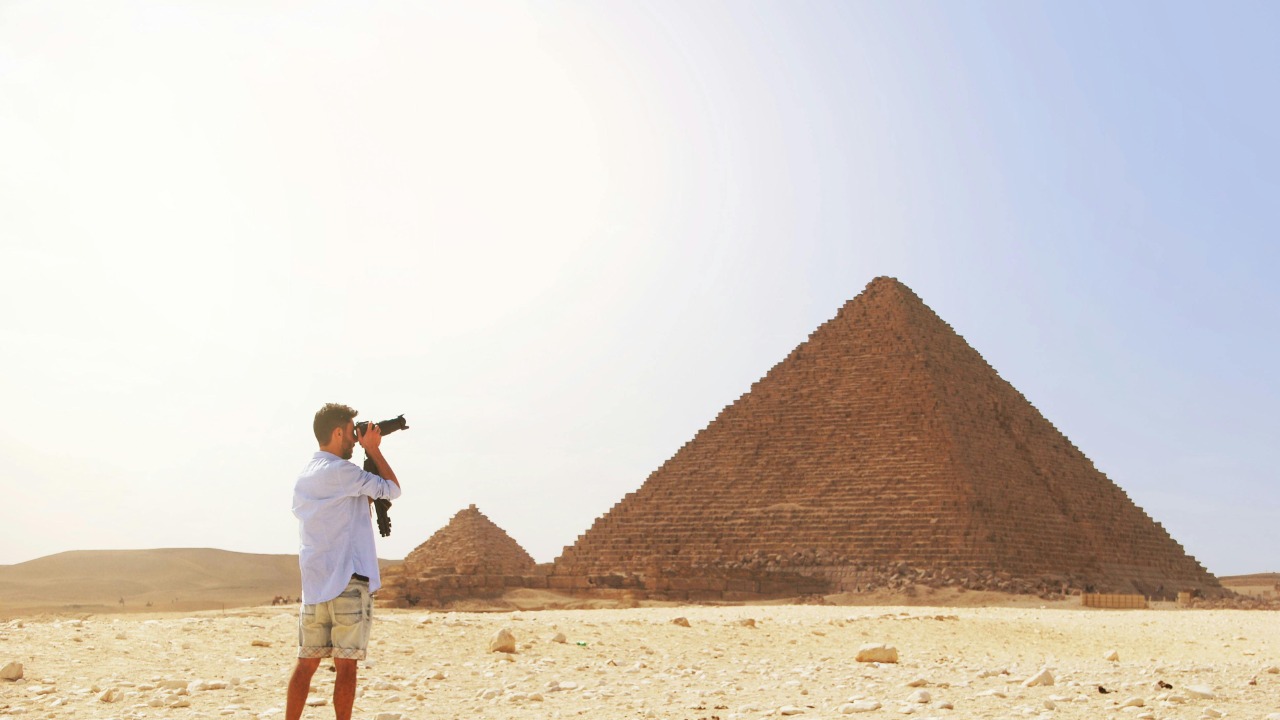
Recent reports have stirred excitement among archaeologists and history enthusiasts alike, suggesting that scientists may have discovered a secret entrance to one of the famed Pyramids of Giza. This potential find, reported in November 2025, builds on earlier claims from March 2025 about a “giant hidden city beneath the pyramids in Egypt,” leading to heated debates among experts. The discoveries, including suggestions of structures under the Giza site that could change historical understanding, emphasize the ongoing intrigue surrounding Egypt’s ancient wonders.
The Mystery of the Giza Pyramids
The Pyramids of Giza, built around 2580–2565 BC, are enduring symbols of ancient Egyptian engineering. These monumental structures have been the focus of countless archaeological efforts, including scans and excavations that have revealed known chambers but left many questions unanswered. The site’s status as a UNESCO World Heritage site in Egypt underscores its global significance and the potential impact of new discoveries under the pyramids.
Emerging Evidence of a Secret Entrance
Reports from November 11, 2025, suggest that scientists may have just uncovered a secret entrance into the Pyramids of Giza. Initial detection methods, such as ground-penetrating radar, were instrumental in this potential discovery. An update on November 12, 2025, further claimed that the secret entrance might be located in the Great Pyramid, one of the most iconic structures at the site. The possible location of the entrance on the pyramid’s exterior was detailed in a November 14, 2025, article.
Claims of a Hidden Underground City
A report on March 30, 2025, hinted at a new discovery in Egypt, where what scientists found under the pyramids of Giza could potentially change history. The study suggested the existence of a vast subterranean network, described as a “giant hidden city beneath the pyramids in Egypt.” The scale of this hidden city is believed to span multiple levels below the Giza plateau. The underground findings and the secret entrance could be interconnected, suggesting the entrance as a potential access point to this hidden city.
Scientific Methods Behind the Discoveries
The discoveries were made possible through the use of non-invasive technologies. Techniques such as muon tomography and thermal imaging detected anomalies that led to the secret entrance claims in November 2025. Earlier in March 2025, scans revealed “giant” structures under the pyramids, with data from seismic surveys supporting the hidden city hypothesis. International teams of scientists in Egypt played a crucial role in these discoveries, adhering to rigorous scientific methods and avoiding speculative interpretations.
Debates and Controversies Among Experts
The claims have not been without controversy. A headline from March 24, 2025, read “Scientists at WAR after bombshell study claims to have found ‘giant hidden city beneath the pyramids in Egypt’,” highlighting the clashes over the validity of the evidence. Skepticism from Egyptologists questioning the authenticity of the secret entrance has been met with proponents arguing for its paradigm-shifting implications. Calls for further verification have been made, balancing the enthusiasm for these discoveries with scientific caution.
Potential Historical Implications
If confirmed, the secret entrance to the Pyramids of Giza could reveal new insights into ancient construction techniques. The broader impact of a “hidden city” discovery under the site could potentially rewrite narratives on Egyptian civilization. The cultural and tourism effects in Egypt could be significant, adding to the ongoing allure of Giza. However, these potential implications are based on the discoveries being verified and accepted by the broader scientific community.
Next Steps in Exploration
Plans for targeted excavations at the secret entrance site have been proposed, based on recommendations in November 2025 articles. There is a need for collaborative international efforts to investigate the “giant hidden city” claims, including securing funding and permissions. Ethical considerations for preserving the Pyramids of Giza are paramount, ensuring that future work aligns with Egypt’s archaeological guidelines and respects the site’s historical and cultural significance.
More from MorningOverview